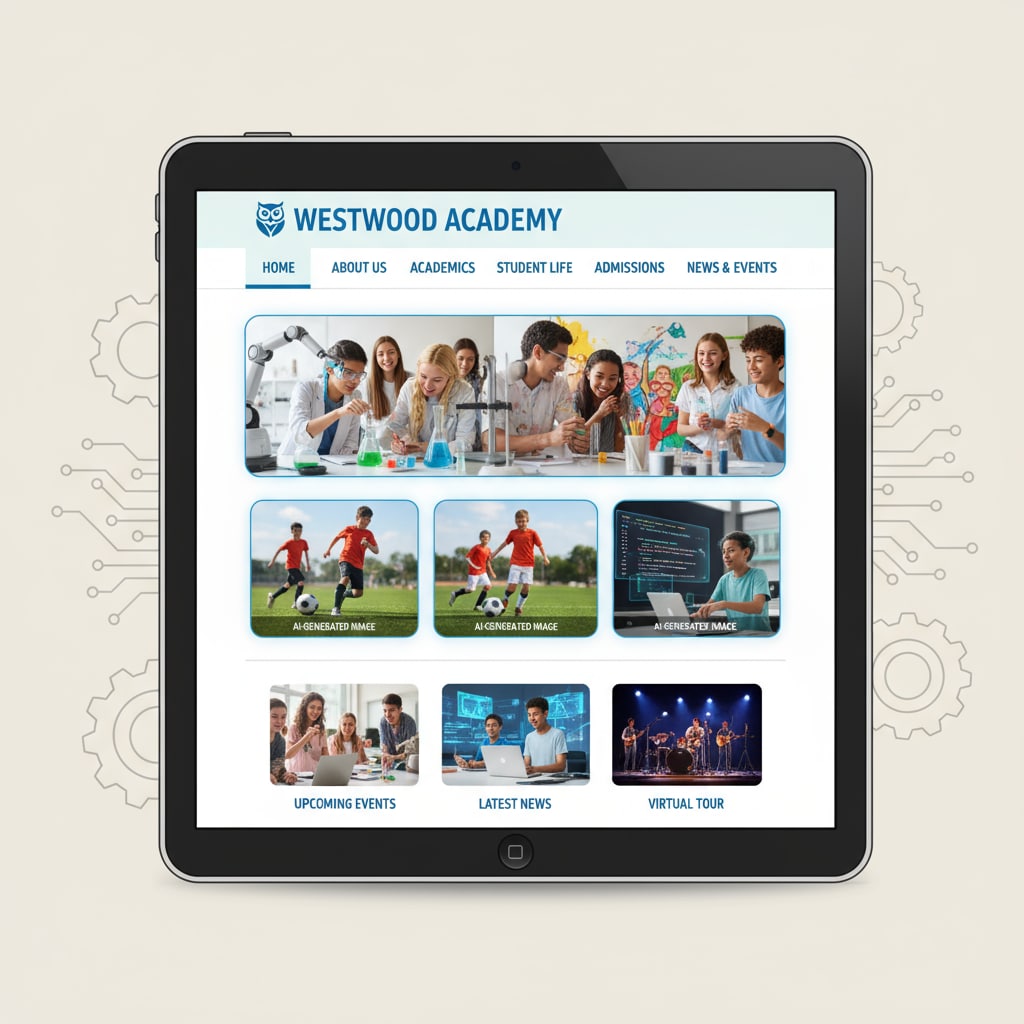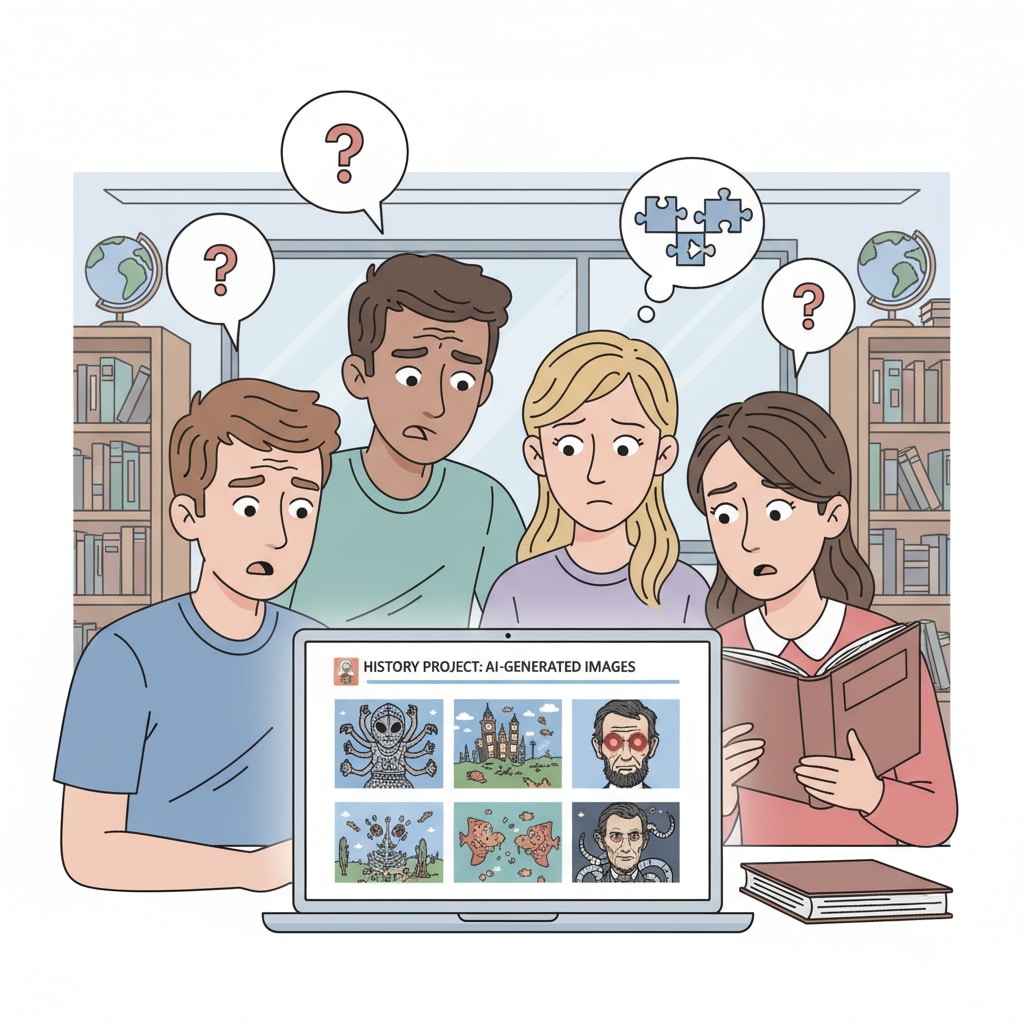The intersection of AI-generated images, school websites, and education ethics has become a hot topic of discussion in recent times. As artificial intelligence continues to revolutionize various aspects of our lives, its encroachment into the educational realm, particularly through the use of AI-generated images on school websites, has raised serious ethical concerns.
The Rise of AI-Generated Images in School Websites
The allure of AI-generated images for school websites is not hard to fathom. These images offer a quick and cost-effective way to enhance the visual appeal of websites. For example, schools can generate images of idyllic campuses, happy students, and engaging learning environments with just a few clicks. According to Techopedia’s definition of AI, AI systems can analyze vast amounts of data and create images that fit specific requirements. This has led to an increasing number of educational institutions incorporating such images into their online presence. However, this trend comes with a hidden price tag – ethical implications.

Impact on Students’ Perception of Authenticity
One of the major concerns is how AI-generated images affect students’ understanding of authenticity. In an era where digital information is abundant, students are constantly bombarded with images that may not represent reality. When school websites use AI-generated images, it can blur the line between what is real and what is fabricated. For instance, students may start to believe that the perfect images of their peers on the website are the norm, leading to feelings of inadequacy. As per Psychology Today’s insights on perception, our perception shapes our understanding of the world. Thus, presenting false visual representations can have long-term consequences on students’ psychological well-being and their ability to distinguish between genuine and artificial.

In addition, the use of AI-generated images in school websites can undermine the value of authenticity in education. Education is not just about imparting knowledge but also about fostering honesty and integrity. When schools rely on artificial images, it sends a wrong message to students, suggesting that it’s acceptable to present a false facade. This can erode the trust that students place in their educational institutions and have a detrimental impact on the overall learning environment. Therefore, it’s crucial for schools to consider the ethical implications of using AI-generated images and strive to maintain authenticity in their digital communication.
Readability guidance: The key points here are the impact on students’ perception of authenticity and the potential erosion of trust. By using shorter paragraphs and providing examples, we aim to make the content more accessible. Transition words like ‘however’, ‘in addition’, and ‘therefore’ help in creating a smooth flow.


